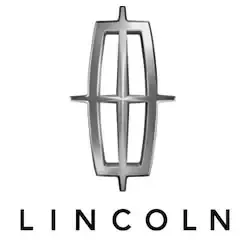Lincoln Corsair Tire Pressure
Most common recommended tire pressure for Lincoln Corsair can range from 32 psi to 33 psi depending on year of production, trim and OEM tire size, but it maybe different for older models. It is imperative to confirm the exact tire inflation for your Lincoln Corsair to ensure safety on the road. Always refer to your vehicle owner's manual for the correct tire pressure designated by vehicle's manufacturer.
Select your Lincoln Corsair production year to see its recommended tire inflation.
| Model Year | Front Tires | Rear Tires |
|---|---|---|
| 2025 Lincoln Corsair | 32 - 33 psi | 32 - 33 psi |
| 2024 Lincoln Corsair | -- psi | -- psi |
| 2023 Lincoln Corsair | 32 - 33 psi | 32 - 33 psi |
| 2022 Lincoln Corsair | 32 - 33 psi | 32 - 33 psi |
Recommended Tire Pressure for Lincoln Corsair
Maintaining the recommended tire pressure for the Lincoln Corsair is crucial for several reasons that directly impact safety, performance, and efficiency. Firstly, correct tire pressure ensures optimal contact between the tire and the road, significantly enhancing the vehicle's handling and stability, especially in adverse weather conditions or during sudden maneuvers. This is vital for preventing accidents. Secondly, tires inflated to the proper pressure level exhibit more uniform wear, thereby extending their lifespan and reducing the need for premature replacement. Furthermore, accurate tire pressure is key to achieving the Corsair's optimal fuel efficiency. Tires under or over-inflated suffer from increased rolling resistance, forcing the engine to work harder and consume more fuel. Additionally, correct tire pressure contributes to the vehicle's designed comfort and noise levels, ensuring the ride quality that Lincoln owners expect. Regularly checking and adjusting the tire pressure on your Lincoln Corsair is a simple yet effective maintenance step that keeps the vehicle performing as intended, safeguards passengers by reducing the risk of tire failure, and can even help in minimizing the environmental impact through better fuel economy and reduced tire waste.

All listed guides, data and/or calculations are for informational purposes only. TirePressure.com does not warrant or make any representations regarding the accuracy of or the results of the use of this information. Always refer to vehicle owner's manual for the correct tire pressure configuration.